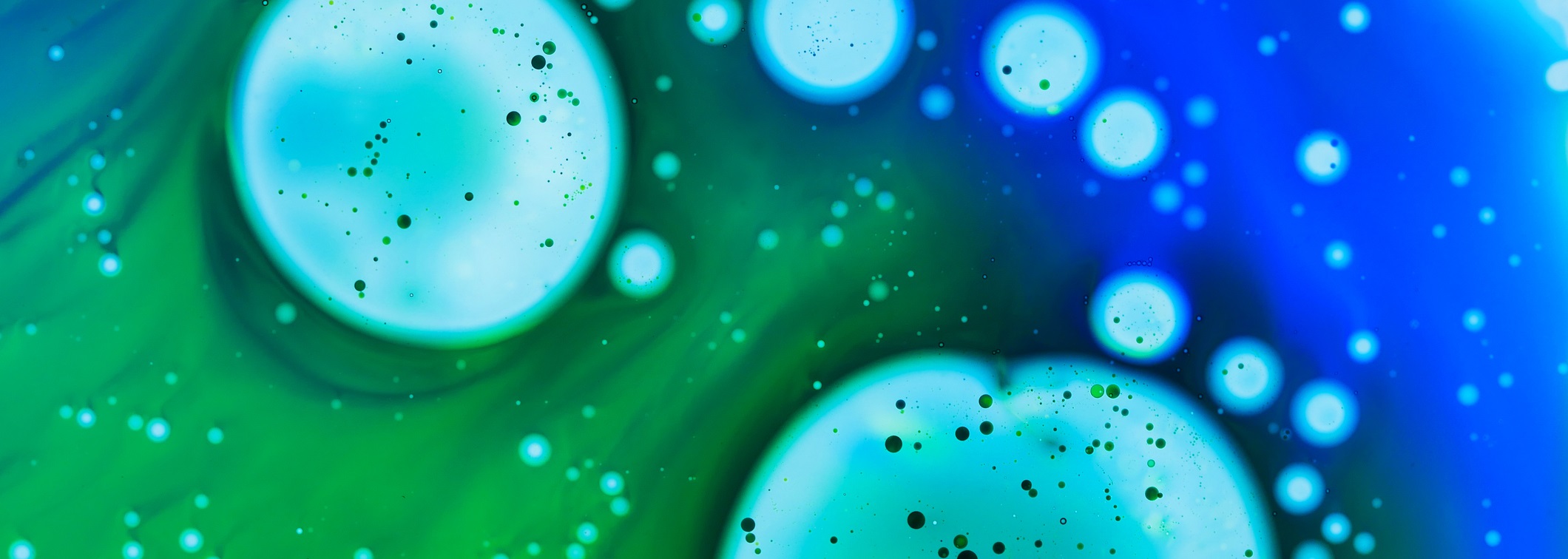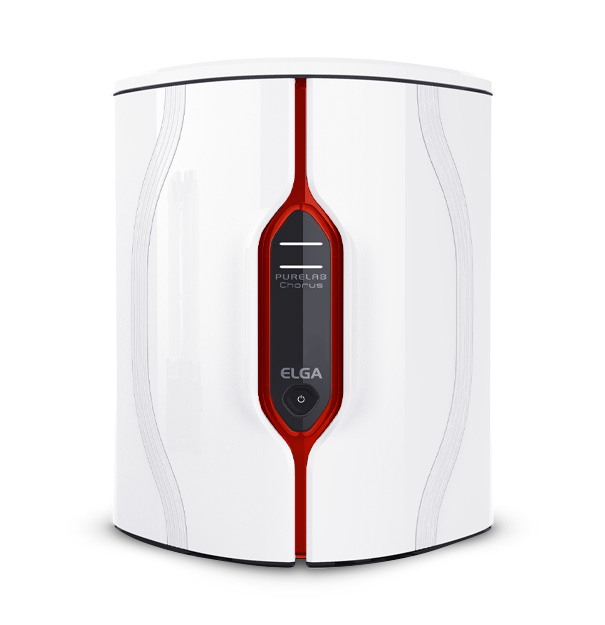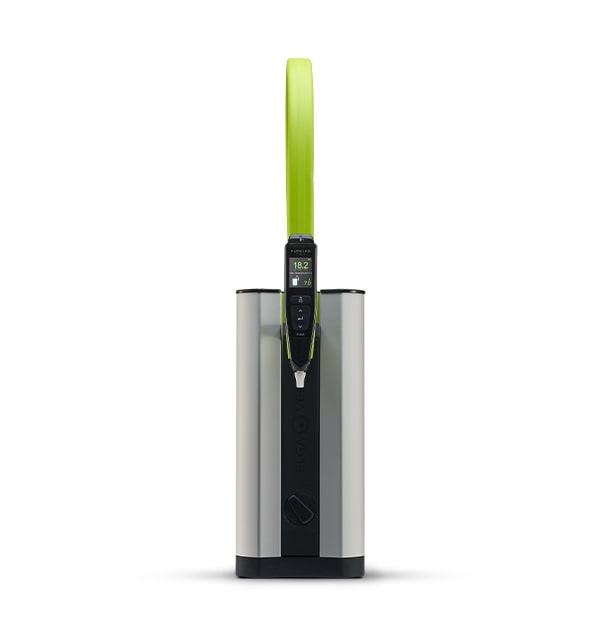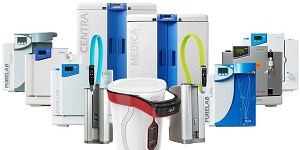Cell and Tissue Culture

How Does Cell Culture Work?
Cell culture involves growing cells in media specifically selected for the chosen cell type, either as a suspension or an adherent (monolayer) culture. Typically, media will contain compounds such as amino acids, glucose, vitamins, inorganic salts and lipids. They may also contain animal serum, growth factors, hormones, antibiotics and antioxidants. Several types of media are available, including serum-based, serum-free, animal-free, protein-free and chemically-defined options, which may be supplemented with other components, for example, calf serum. Cells are then cultured in an incubator to ensure optimum cell growth conditions – such as temperature, and oxygen and carbon dioxide content – are maintained.
Cultured cells require a constant supply of nutrients to sustain healthy growth, and so the media must be replenished regularly. In addition, adherent cell lines need to be subcultured once they reach confluency – the point at which the available surface area is fully covered – to enable continued growth. It is vital to prevent any contamination of the culture, whether chemical or biological, during both media replacement and subculturing.
What Is Cell Culture For?
Cell culture has many applications in research, bioproduction and diagnostics. Animal, plant and bacterial cell cultures are routinely used to study biological processes and genetics, as well as to produce biologically-derived molecules, including vaccines, proteins, enzymes, antibodies and hormones. For example, in drug discovery and development, mammalian cell cultures provide models for the study of disease, allowing target identification and validation. They are also used in high throughput cell-based screening assays, to test the efficacy and safety of potential new drugs. In a clinical setting, cell culture techniques are often used to determine the organism responsible for an infectious disease, and identify the most effective antimicrobial agents to treat it.
Why Would You Use Cell Culture Techniques?
Cell cultures techniques are an extremely important tool in cellular and molecular biology. They provide researchers with excellent model systems to study the normal physiology and biochemistry of cells, the effects of drugs and toxic compounds, and mutagenesis and carcinogenesis.
Contaminated cultures and cell death are a major problem that can negatively impact on downstream experiments. Water is used in many steps of the cell culture process – it is the main component of buffers and media, and may be used for dissolution of additives and drugs. The use of purified water is essential for successful experimental outcomes, as cultures are adversely affected by contaminating microorganisms, biologically active cell debris and by-products, and organic and inorganic compounds.
What Types Of Contaminants In Water Can Affect Cell Culture Results?
The main types of impurity that affect the performance of cell culture techniques are bacteria, endotoxins, organic compounds and ionic contaminants.
1. Bacteria
Bacteria thrive in typical cell culturing conditions, and can quickly outgrow the cells of interest, causing nutrient levels to fall and toxic by-products to increase. Bacterial contamination can also lead to sudden changes in media pH and the contamination of previously pure cultures.
2. Endotoxins
Endotoxins are released by most Gram-negative bacteria. These endotoxins affect various cell types, even those lacking CD14 endotoxin receptors, and stimulate macrophages and mononuclear phagocytes to release a variety of pro-inflammatory cytokines. The resulting adverse effects include changes in cell growth and function, the production of recombinant proteins and a reduction in the efficiency of cloning.
3. Organic Compounds
Small organic compounds commonly found in water – such as humic acids, tannins, pesticides and endocrine disruptors – can affect cell development. They provide an uncontrolled source of nutrients for bacterial growth, and should be removed from water used for preparation of materials for cell culture.
4. Ions
Ionic contaminants, particularly multivalent ions and heavy metals, must be kept low. Heavy metals – for example, mercury and lead – are known to be cytotoxic to a range of cell types.
What Are The Water Measurement Requirements For Cell Culture?
Using the right water type for your application is essential. Water for mammalian cell culture typically requires apyrogenic, Type I ultrapure water, although Type II+ water is suitable for bacterial cell cultures, which are less sensitive. Type I water should be used for the preparation of media and buffers to ensure that cells are effectively free from bacterial, yeast and viral contaminants.
Application | Resistivity (MΩ.cm)* | TOC (ppb) | Filter (µm) | Bacteria (CFU/ml) | Endotoxins (EU/ml) | Nucleases | Water Frade |
Bacterial Cell Culture | >1 | <50 | <0.2 | <1 | NA | NA | Type II+ |
Mammalian Cell Culture | >18 | <10 | <0.2 | <1 | <0.002 | Not detected | Type I |
Plant tissue Culture | >18 | <10 | <0.2 | <1 | <0.002 | Not detected | Type I |
Histology | >1 | <50 | <0.2 | <1 | NA | NA | Type II+ |
Hydroponics | >1 | <50 | <0.2 | <1 | NA | NA | Type II+ |
How Does ELGA Solve Water Purity Problems For Cell Culture?
ELGA’s expertise and long-standing reputation ensure that its knowledgeable team can help customers to determine the level of water purity required for their applications. The company offers a range of water purification systems for cell culture applications, with each having its own advantages and limitations. For example, the CENTRA® range of centralized purification and distribution systems has revolutionized the way that large volumes of pure water are produced, stored and distributed in laboratories. The CENTRA R-200 is a complete water purification, storage, control, and distribution system providing Type I (Ultrapure), Type II and Type III pure water, with a 200 liters per hour reverse osmosis module and 0.2 µm filters.
Conclusion
Cell culture is a key tool in cellular and molecular biology, and the exact water requirements are determined by the type of culture. Water for bacterial cell culture should be at least Type II+ quality, while the more sensitive mammalian cell culture requires Type I ultrapure water with high resistivity (> 18 MΩ.cm) and essentially free from bacteria, endotoxins and other contaminants.
ELGA’s broad range of water purification systems helps laboratories worldwide to perform cell culture techniques without worrying about water impurities.









